Reviewed by Julianne Ngirngir
Let's break down what makes Subway so hackable and why Aussies are absolutely nailing the art of custom ordering. With over 37,000 locations worldwide and about $10 billion in sales in 2023, Subway has become the ultimate playground for creative sandwich construction. The beauty lies in their build-your-own approach—most vegetables are included in the base price without adding extra costs, making experimentation both affordable and addictive.
Here's what's genuinely impressive about the Australian Subway scene: these aren't just random combinations thrown together by bored customers. We're talking about years of systematic experimentation by people who've figured out how to game the system for maximum flavor. They've turned menu hacking into an art form that combines flavor theory, value optimization, and genuine culinary creativity.
This approach works because Subway's setup practically begs to be hacked. The free vegetable policy isn't just about cost savings—it's nutritional arbitrage. You're getting premium fiber, vitamins, and minerals without paying extra, which transforms what could be a simple sandwich into a complete meal with serious nutritional density.
The sauce game is everything
Now here's where things get interesting—sauce strategy can literally make or break your entire Subway experience. Sweet onion and chipotle go real good together on any sub, according to Australian customers who've mastered the art of flavor layering. This combination works because you're balancing sweetness with smokiness, creating complexity that elevates standard ingredients.
The real game changer? Chipotle and ranch sauce creates this incredible heat-and-cooling dynamic that shouldn't work in theory but absolutely does in practice. It's applying the same principle that makes buffalo wings with blue cheese so addictive—the cooling element amplifies rather than cancels the heat.
What seasoned hackers know (and this comes from professional sources) is that timing matters more than you'd think. The trick is requesting that sauces be put on the bread before adding ingredients and proteins. This creates a flavor foundation that everything else builds on, ensuring every single bite gets maximum flavor distribution instead of having sauce pool at the bottom or squeeze out the sides.
Think about it—you're essentially treating the bread as your canvas and the sauce as your primer, which is exactly how professional chefs approach sauce application in restaurant kitchens.
Toasty combinations that actually work
Australian customers have genuinely cracked the code on creating restaurant-quality dishes using standard Subway ingredients. Take the chicken parma sub hack—chicken schnitzel, tomato sauce, bacon, and cheese, then toasted. This isn't just copying pub food; it's understanding how familiar flavor profiles can be translated into different formats.
What's brilliant about this approach is the cultural translation factor. Similarly, combining one cheesy garlic toasty with one avocado toasty and splitting them creates two completely different flavor profiles from a single order. You're getting variety and value while demonstrating real strategic thinking about menu pricing.
The genius lies in understanding how heat transforms ingredients at the molecular level. Adding vegetables to be heated along with meat, cheese, and bread intensifies their flavor because heat breaks down cell walls and concentrates natural sugars. When you add peppers or onions to your toasted sub, they undergo the same caramelization process that makes roasted vegetables so much more flavorful than raw ones.
Asking for melted cheese or shredded cheese before toasting enhances meltiness because you're giving the cheese more surface area to melt and integrate with other ingredients. This creates better texture and ensures the cheese acts as a binding agent rather than just a topping.
Value hacks that stretch your dollar
Smart customers have figured out how to maximize value through systematic optimization rather than just loading up randomly. When ordering salad bowls, get a medium and add extra meat—you get the same amount of salad as a large and save a couple of bucks. This works because you're exploiting the pricing structure's focus on protein costs rather than vegetable volume.
Another cost-effective strategy that demonstrates real forward thinking: always order a footlong and save the other half for dinner. You're essentially getting two meals for a marginally higher price than one, plus the second half often tastes better after the flavors have had time to meld.
The stuff it full of every vegetable possible approach transforms the nutritional equation entirely. You're not just getting more food—you're getting significantly more micronutrients, fiber, and antioxidants. This turns a potentially processed-heavy meal into something with genuine nutritional complexity, explaining why experienced customers treat vegetables as the foundation rather than just garnish.
What's clever is how this changes the satiety factor. All that fiber and volume means you stay full longer, which makes the price-per-satisfaction ratio even better than the raw numbers suggest.
Secret menu territory
The most advanced hacks venture into true culinary creativity, reverse-engineering familiar flavors using completely different ingredients. The Big Mac replica—roast beef on white with old English cheese, lightly toasted with onion, then adding pickles, honey mustard, chipotle, and lettuce—demonstrates sophisticated understanding of what makes iconic flavors recognizable.
You're not trying to exactly replicate each component, but rather capture the essential taste experience: the umami from beef, the tanginess from pickles, the creaminess from sauce, and the textural contrast from vegetables and cheese.
Here's something counterintuitive that Subway employees note: "the less people get, the better the sub." This isn't contradicting the vegetable-loading strategy—it's about ingredient balance and structural integrity. The key is being strategic rather than indiscriminate. Five carefully chosen ingredients that complement each other will always outperform ten random additions that compete for attention.
Always ask for cookies to be microwaved—it's a game changer that costs nothing extra and transforms them from decent to genuinely impressive by reactivating the chocolate chips and softening the texture.
Where do we go from here?
These Australian Subway hacks represent something bigger than just sandwich customization—they're about understanding systems and optimizing experiences within existing frameworks. Getting the freshest bread available can make your sandwich more flavorful with better texture because you're starting with the best possible foundation, while signing up for Subway's MVP Rewards app provides deals like free chips every Friday.
What's most impressive about the Australian approach is how it demonstrates genuine culinary thinking applied to fast-casual ingredients. When someone figures out that herb and cheese bread with chicken schnitty, old English cheese, lettuce, tomato, jalapeños, and chipotle southwest sauce creates something special, they're applying real flavor theory—balancing herbs, protein, fat, acid, and heat in ways that create complexity and satisfaction.
The real takeaway here? Don't be afraid to experiment and ask questions. These hacks work because people approached their orders with curiosity and systematic thinking rather than just accepting the standard menu options. Whether you're trying one of the proven combinations or creating your own, the key is treating Subway like the customization laboratory it actually is—a place where understanding ingredients, pricing structures, and preparation methods can create something genuinely satisfying that goes way beyond what most people think is possible from a chain sandwich shop.





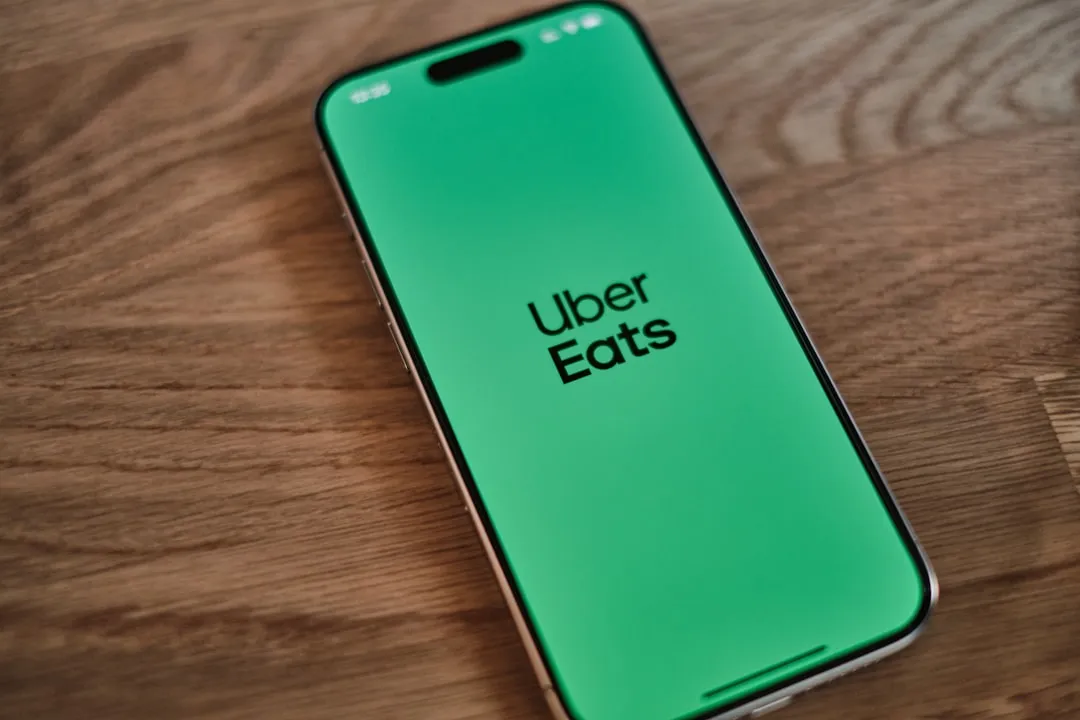

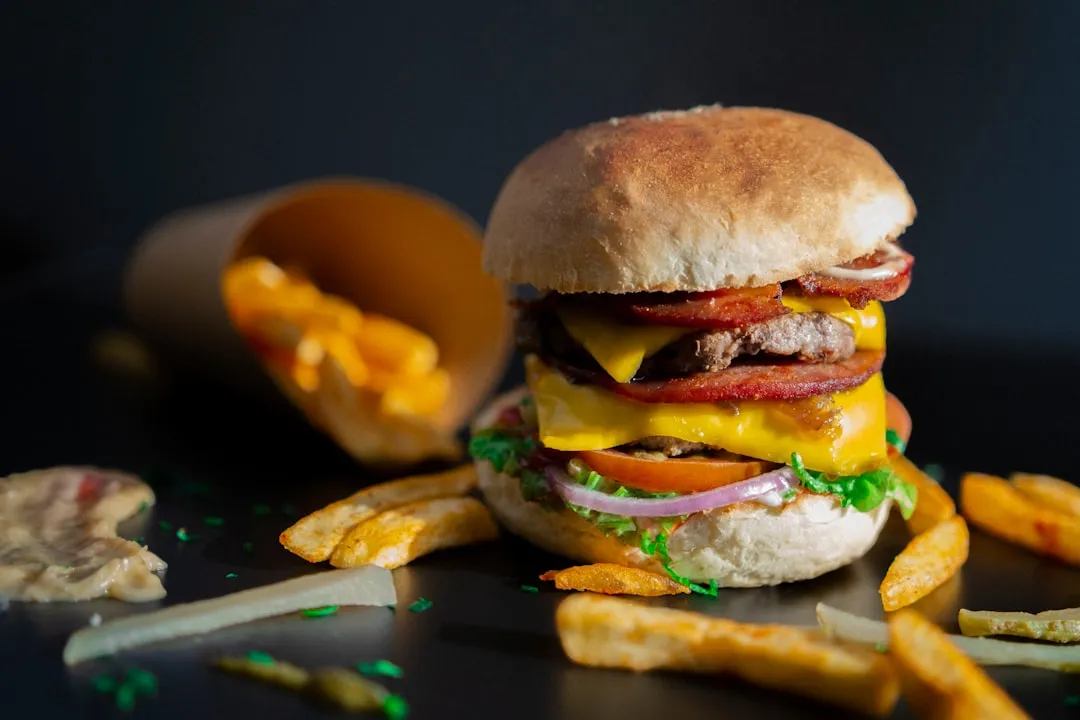


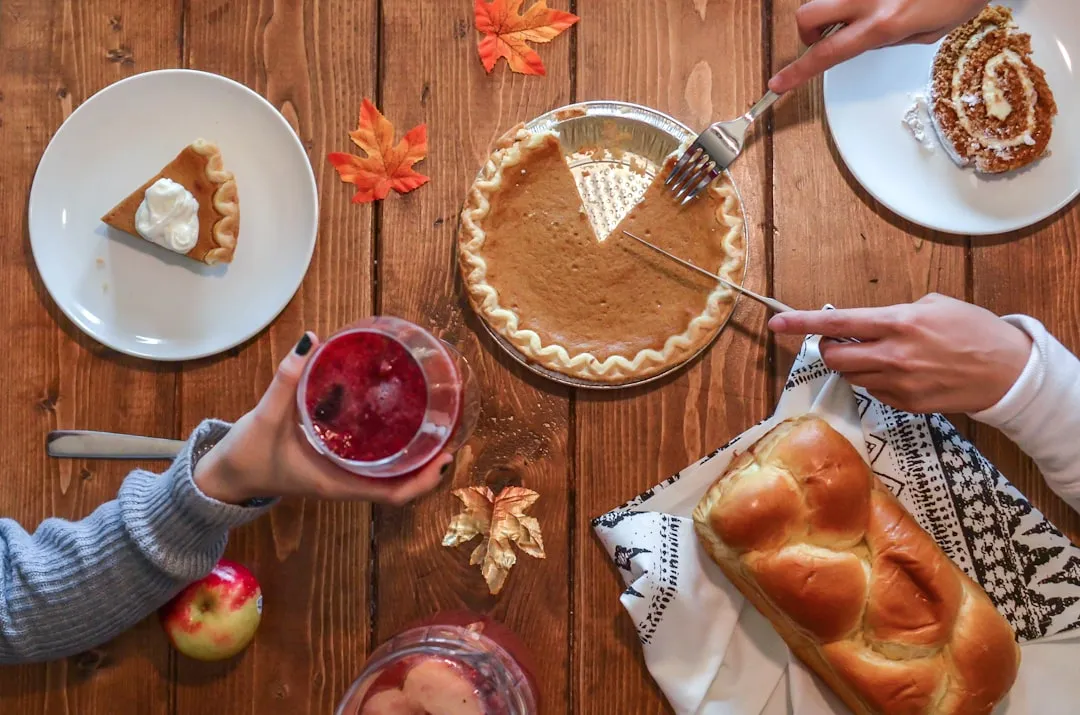
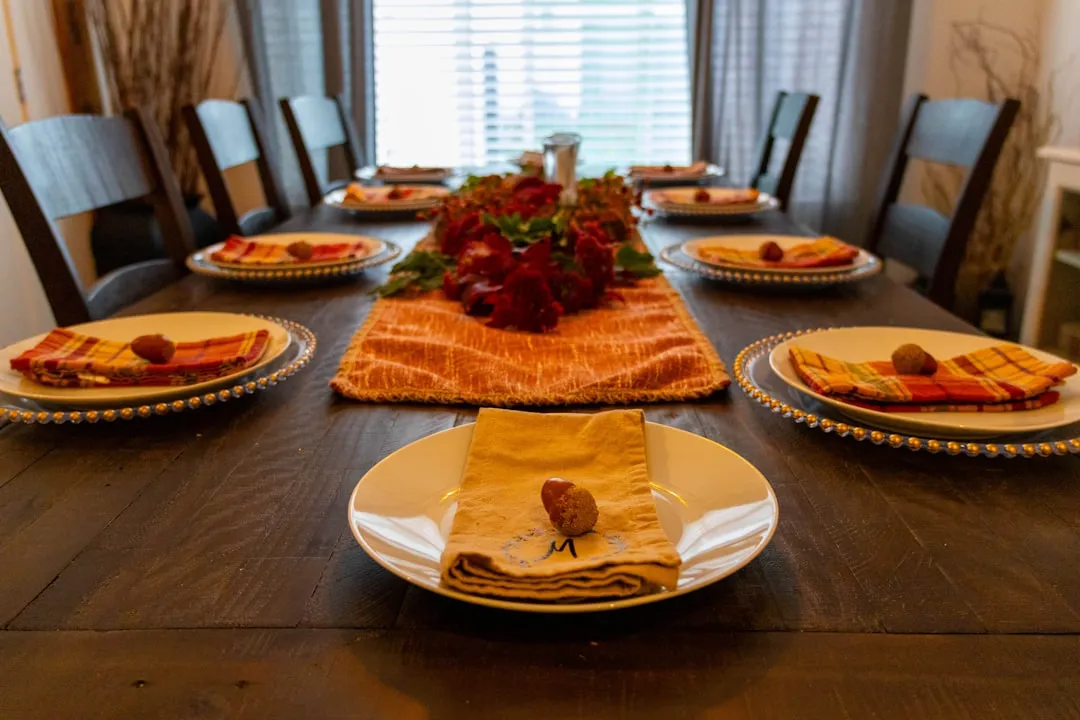
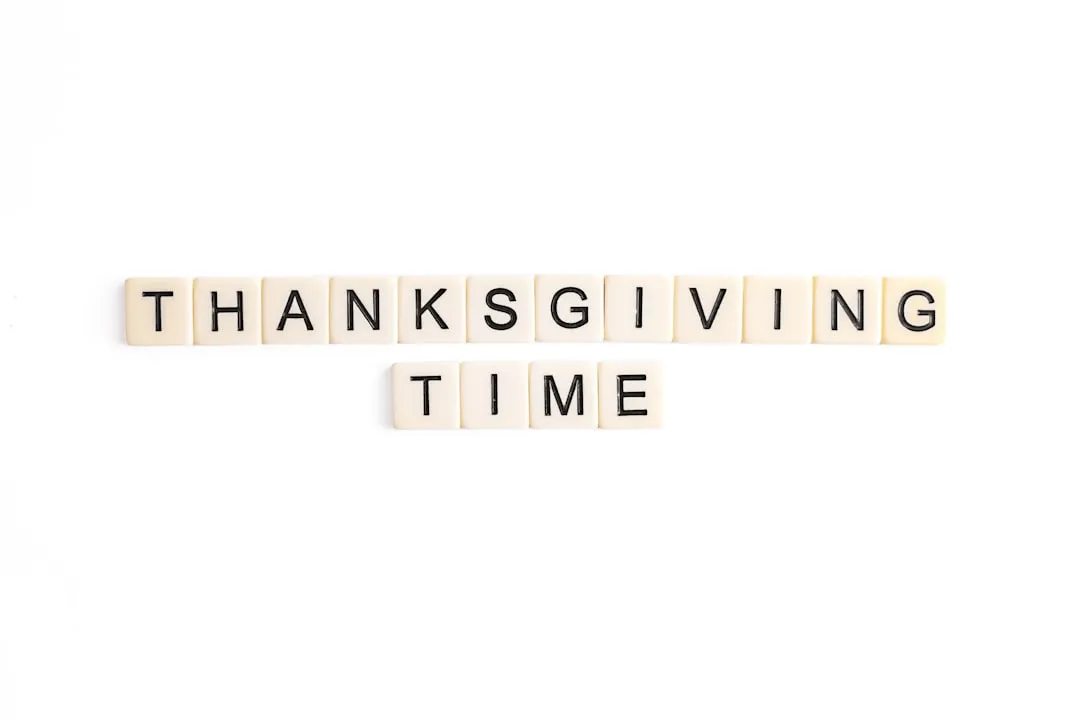



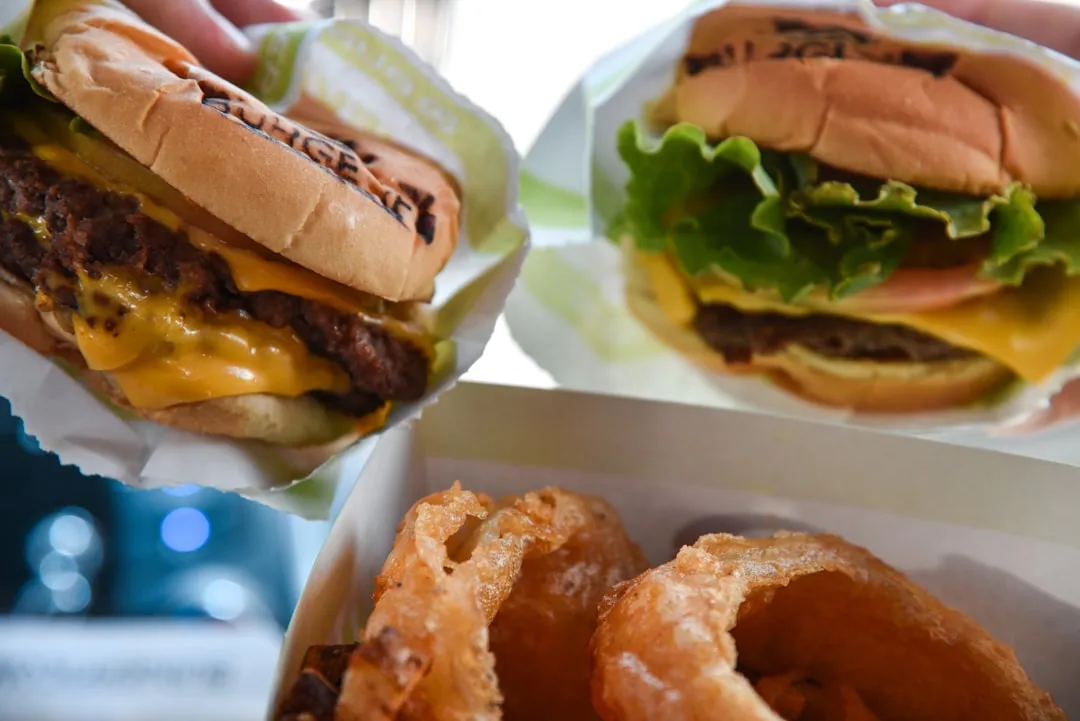
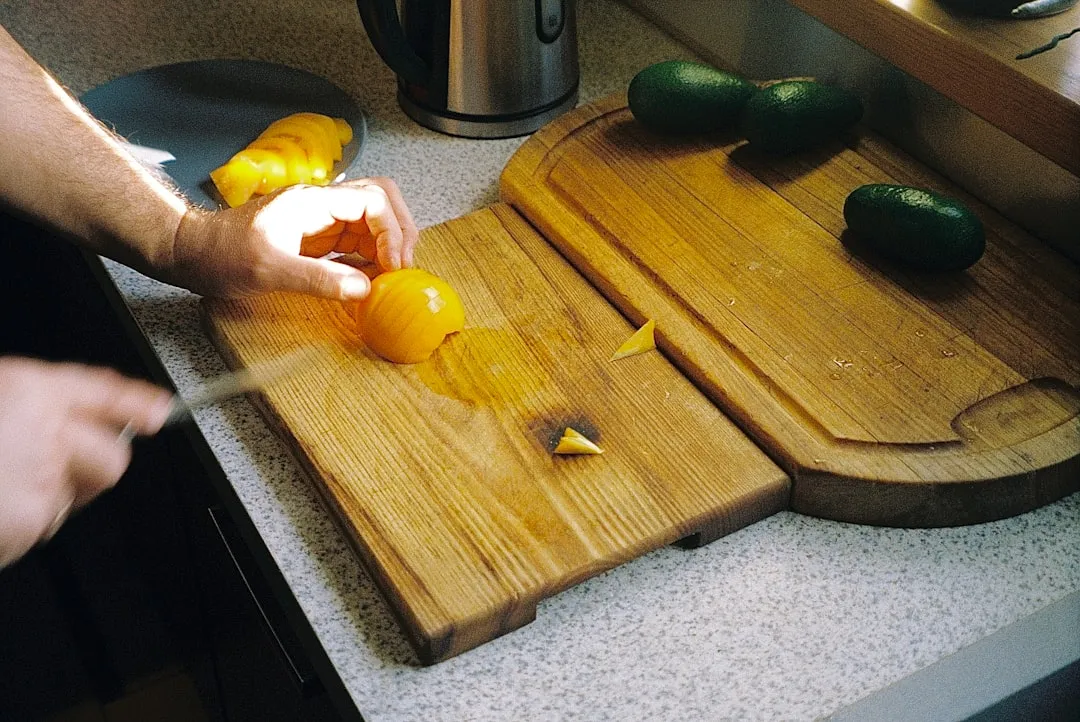


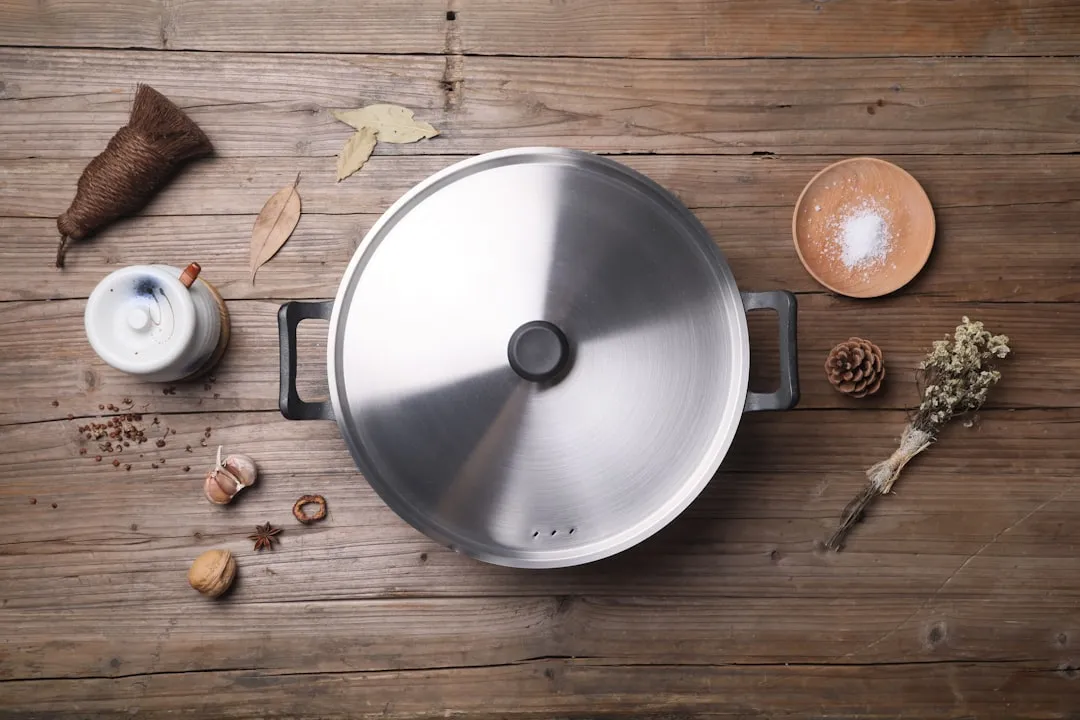
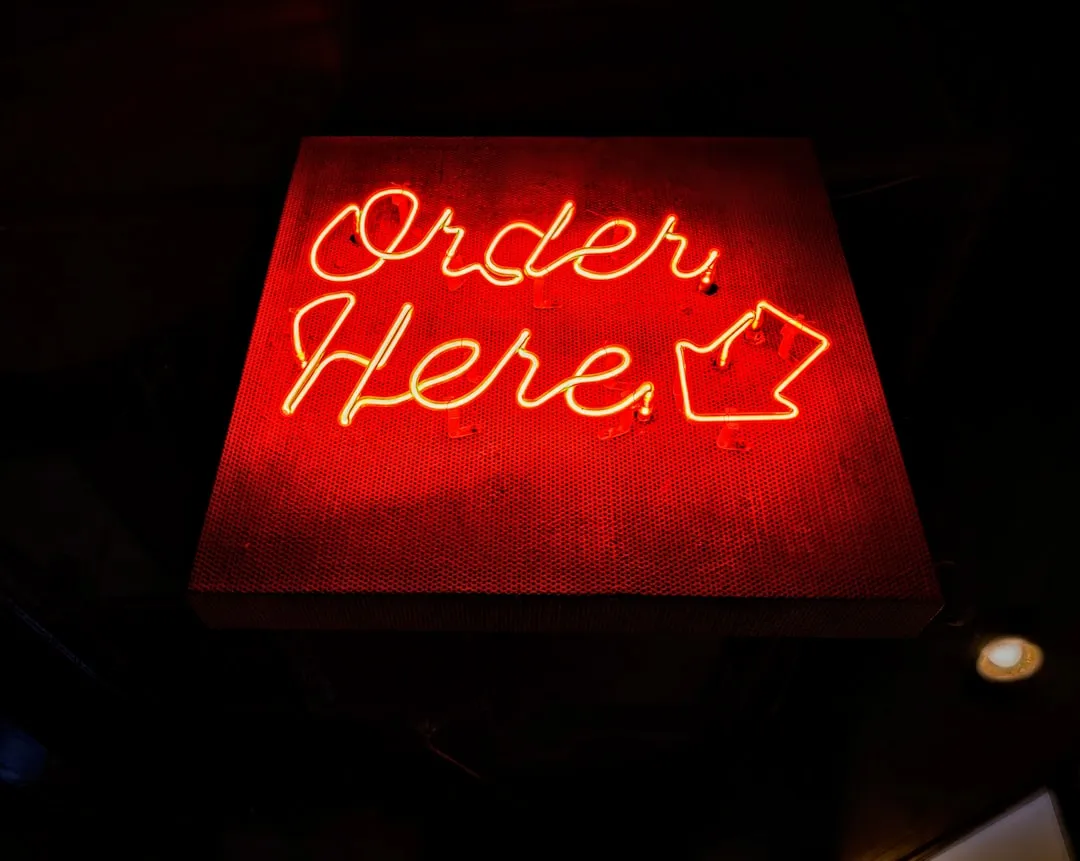
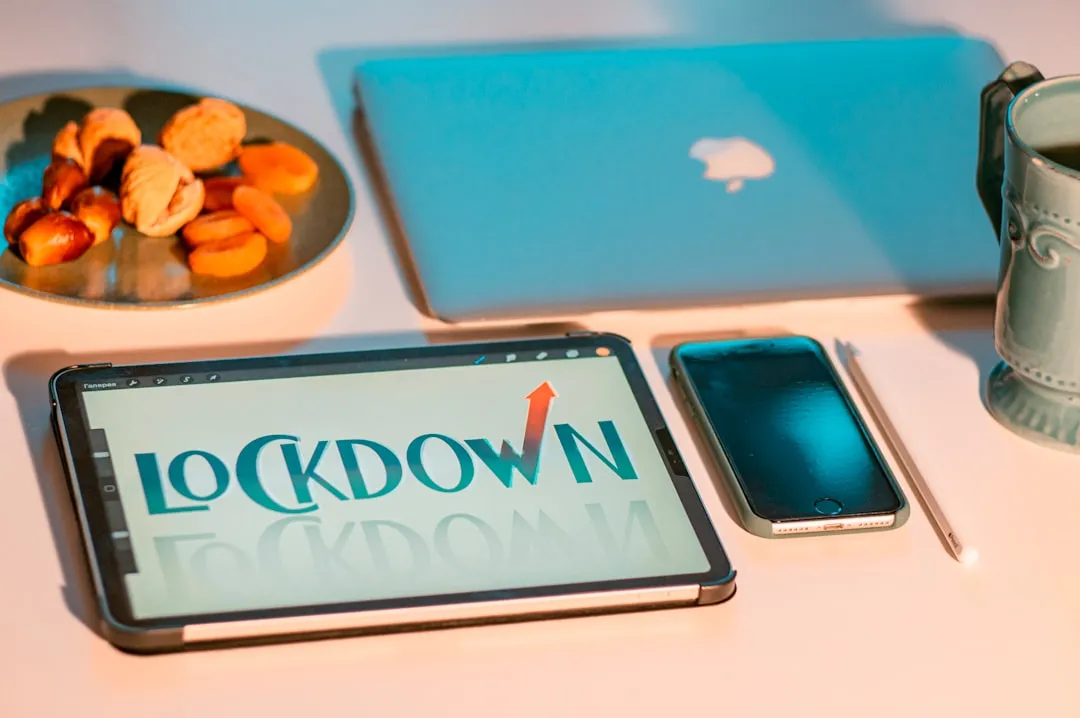
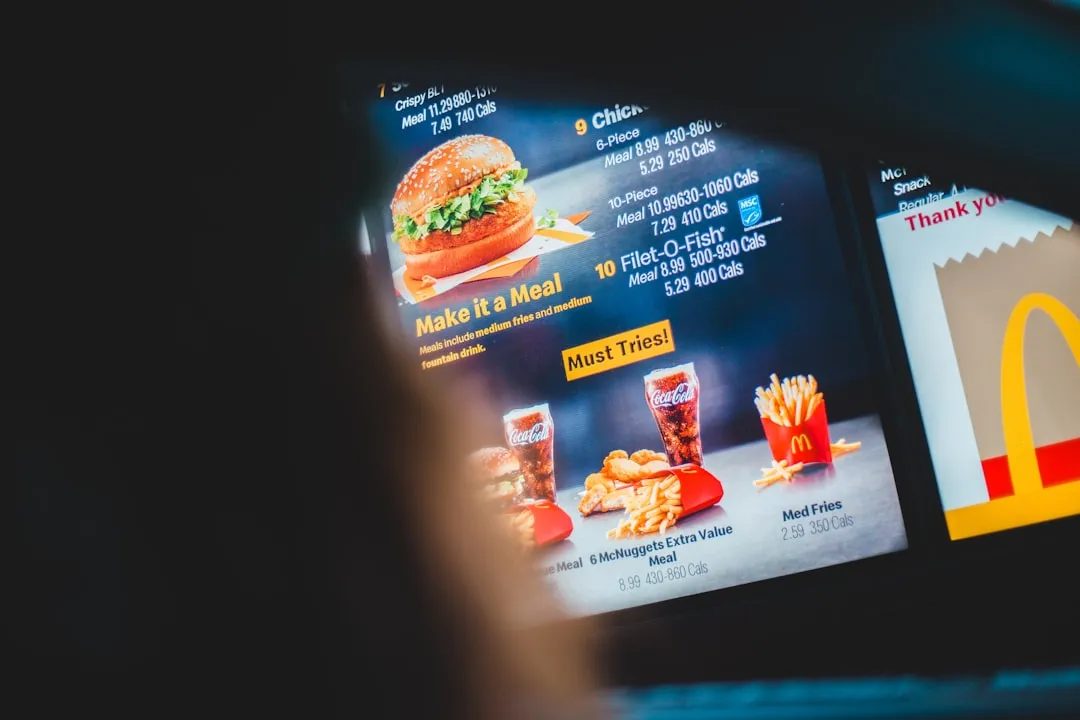
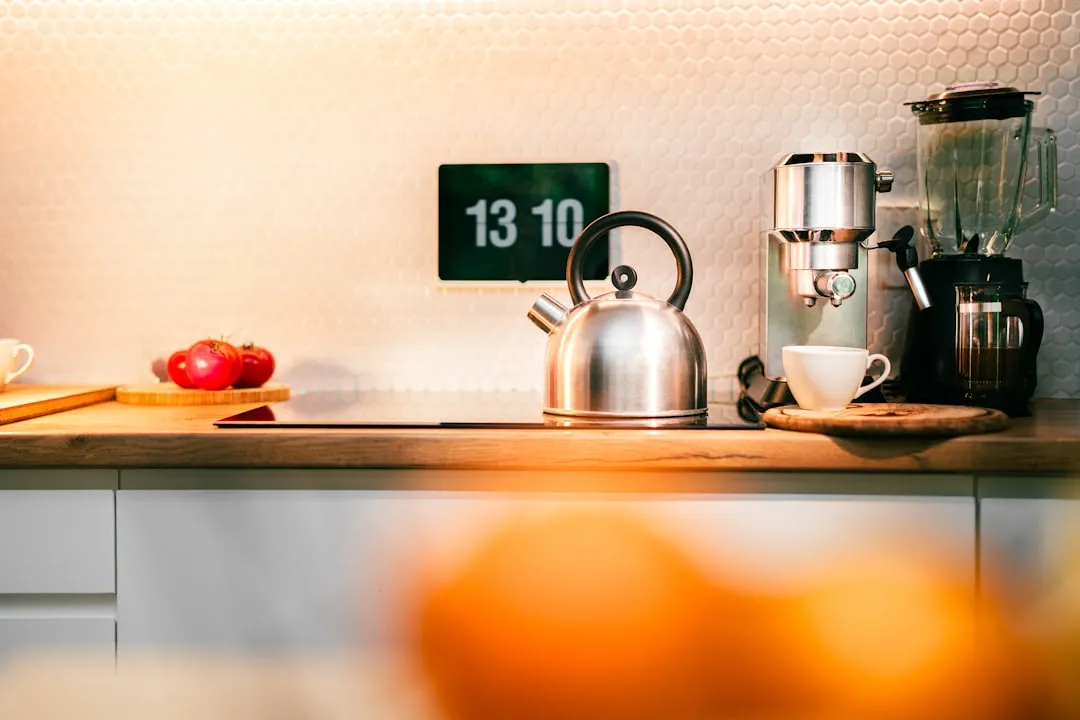
Comments
Be the first, drop a comment!